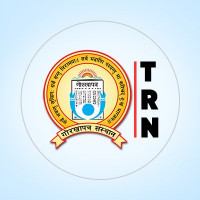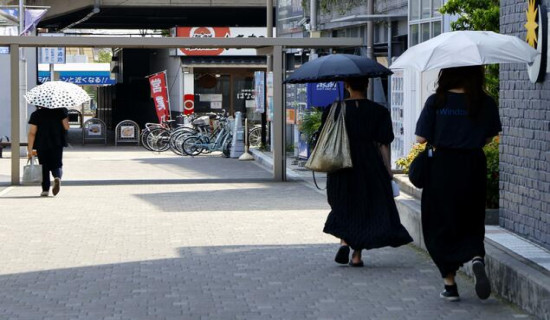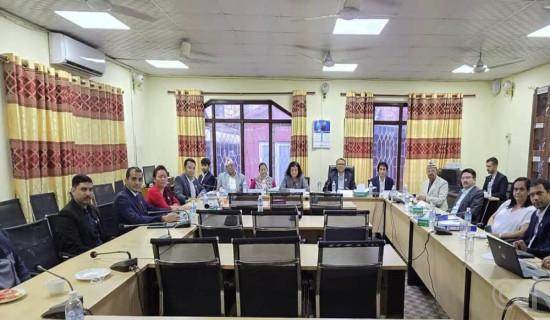- Tuesday, 5 August 2025
Circular Economy for the Bottom of Pyramid
Sugam Upadhayay
The circular economy is a model of production and consumption where we focus on strategies to extend life along with the product's utility rather than dumping it in the landfill at the earliest. It is a closed-loop strategy that incorporates numerous circular strategies like reuse, repair, refurbish, remanufacture, and recycle to keep the product or its components back into the cycle of production and consumption. The more we extend the product's life or its components, the lesser would be the negative impact on the ecology.
The concept of circular economy which came into existence only two decades back is not only a transdisciplinary approach that combines principles from numerous domains like ecology, economics, engineering, and sustainability but is also an inclusive platform that can be a benefit to any spectrum of society. That’s why the principles and strategies of circular economy occupy a prominent role in the attainment of Sustainable Development Goal (SDG); some of the SDGs related to circular economy are responsible consumption and production (SDG12), sustainable cities and communities (SDG 11), climate action (SDG 13), affordable and clean energy (SDG 7).
While the literature has much-discussed benefits the circular economy could bring to the developed and developing economies amidst groundbreaking technological innovations and Fourth Industrial Revolutions (4IR); at the same time, the advantages the circular economy could bring to the "bottom of pyramid" should not be shadowed either. The bottom of pyramid (BOP) is a segment of society with the lowest socio-economic capability represented by limited and irregular income, limited access to basic services, often excluded from the financial market, and vulnerable to economic shocks.
Management of the waste or end-of-product life is one of the paramount principles in the circular economy which helps create employment opportunities for low-income workers in waste collection, recycling, and upcycling industries; quite often we also have seen people collecting trash on the streets for recycling purposes. Globally 15-20 million people survive as informal collectors of waste often termed a shadow economy. Integrating them into a formal supply chain could improve their income and working conditions. “Hasiru Dala" is an India-based social impact organization dedicated to securing justice for waste pickers through initiatives to promote their identity rights, education, healthcare, housing, skill development, and employment.
The circular economy promotes entrepreneurship and small business initiatives at BOP relating to composting, repair shops, and eco-friendly products from the upcycle. “Gjenge Makers” located in Nairobi, Kenya employs low-income youth and women to transform plastic wastes into durable, low-cost bricks to be used in affordable housing. Circular strategies can also provide access to essential goods that might otherwise not be affordable to low-income groups. A well-developed and regulated secondary market plays a pivotal role in the trading of second-life products. In the United States, stores like Goodwill Donation Centers and Thrift Stores provide secondhand products at significantly concessional prices.
Moreover, circular economy which emphasizes the use of renewable sources of energy like solar panels and biogas helps the BOP to come out of energy poverty. This not only lightens up the premises but will have a direct impact on their hygiene, sanitation, and health. Nevertheless, the circular economy encourages the utilization of local resources, which supports communities at BOP to reduce dependency on imported goods. "Reverse Resources & Upcycling Fashion" in Bangladesh is engaged in the recycling of textiles which mostly employs 5000 plus low-income women.
Having said this, a much-needed model is a public-private partnership (PPP) to join the scattered pieces together to materialize a holistic circular supply chain. As we have seen examples across the globe from the private sector, Nepalese businesses should also venture out to tap benefits from the waste. An initiative to promote awareness of the role circular activities could have on their livelihood and a minuscule technical, financial, and emotional support from the government could usher the BOP segment to embark on a venture that could bring positive cascading ecological, economic, and social ramifications.
(Sugam Upadhayay holds a Doctorate from Westcliff University in California, USA, focusing on Circular Economy and Sustainability.)















